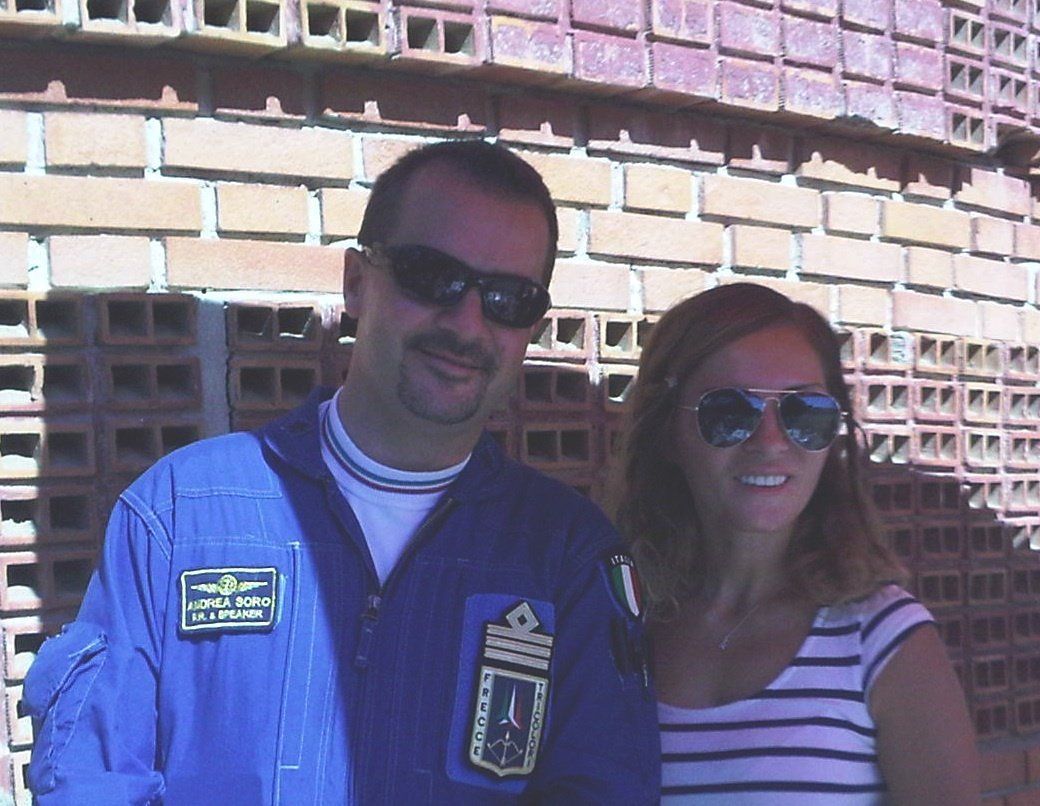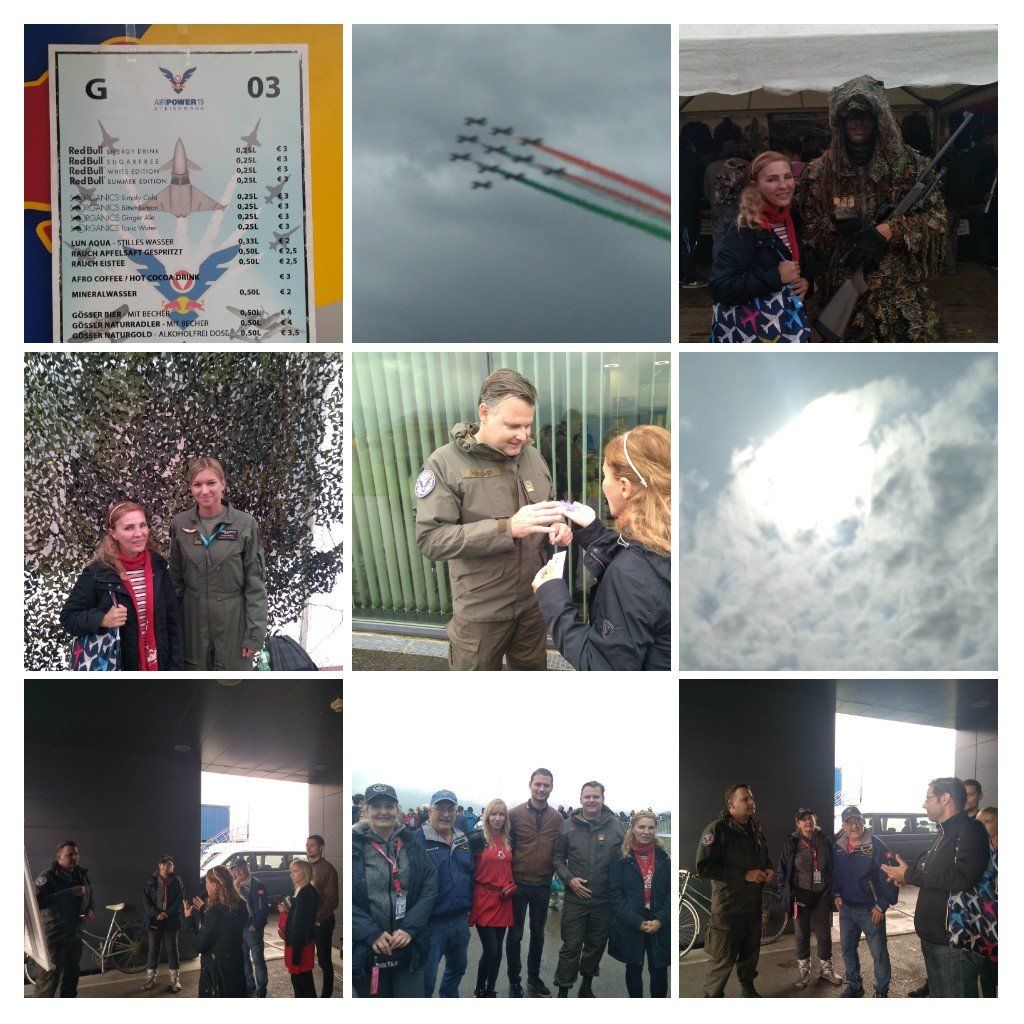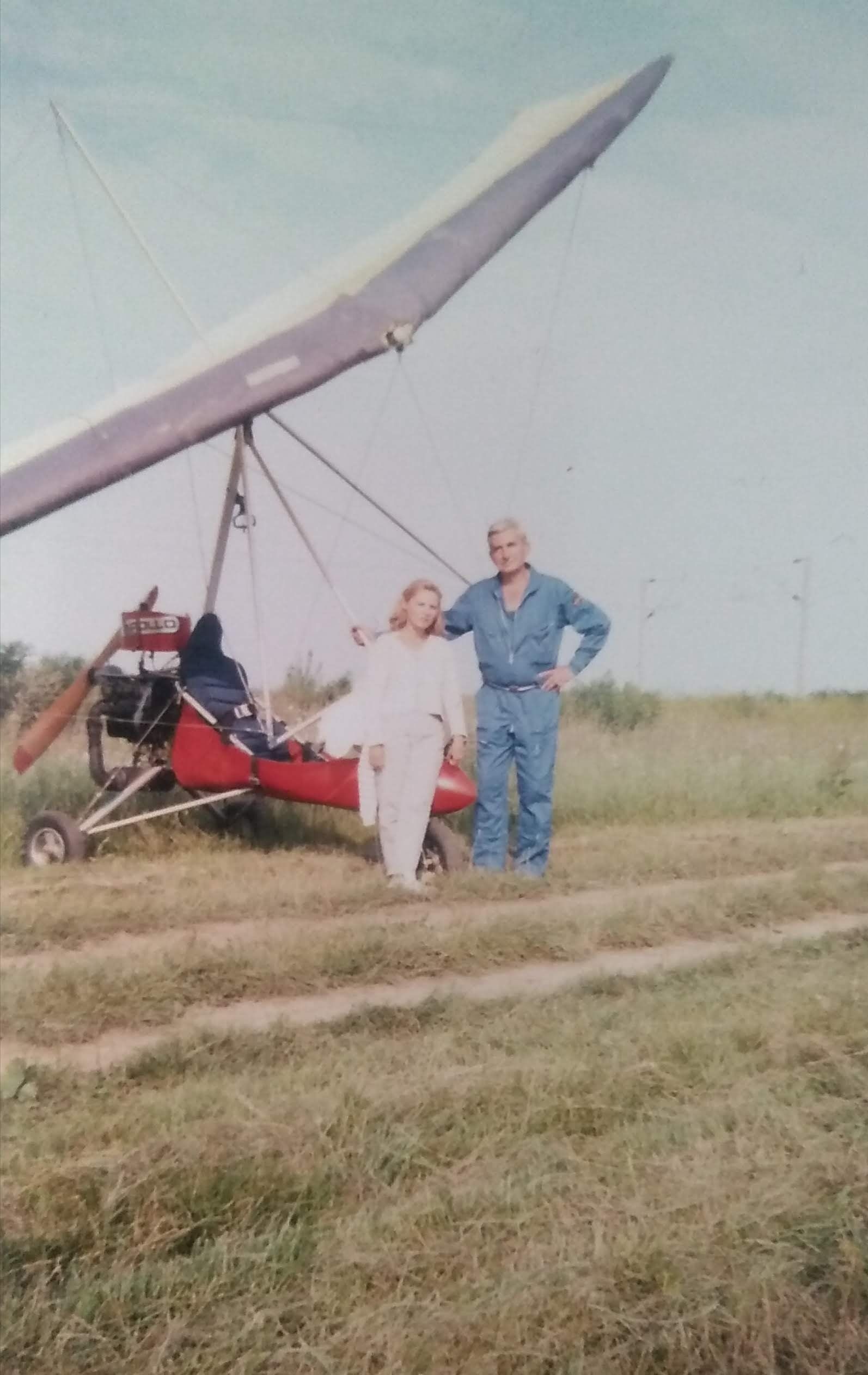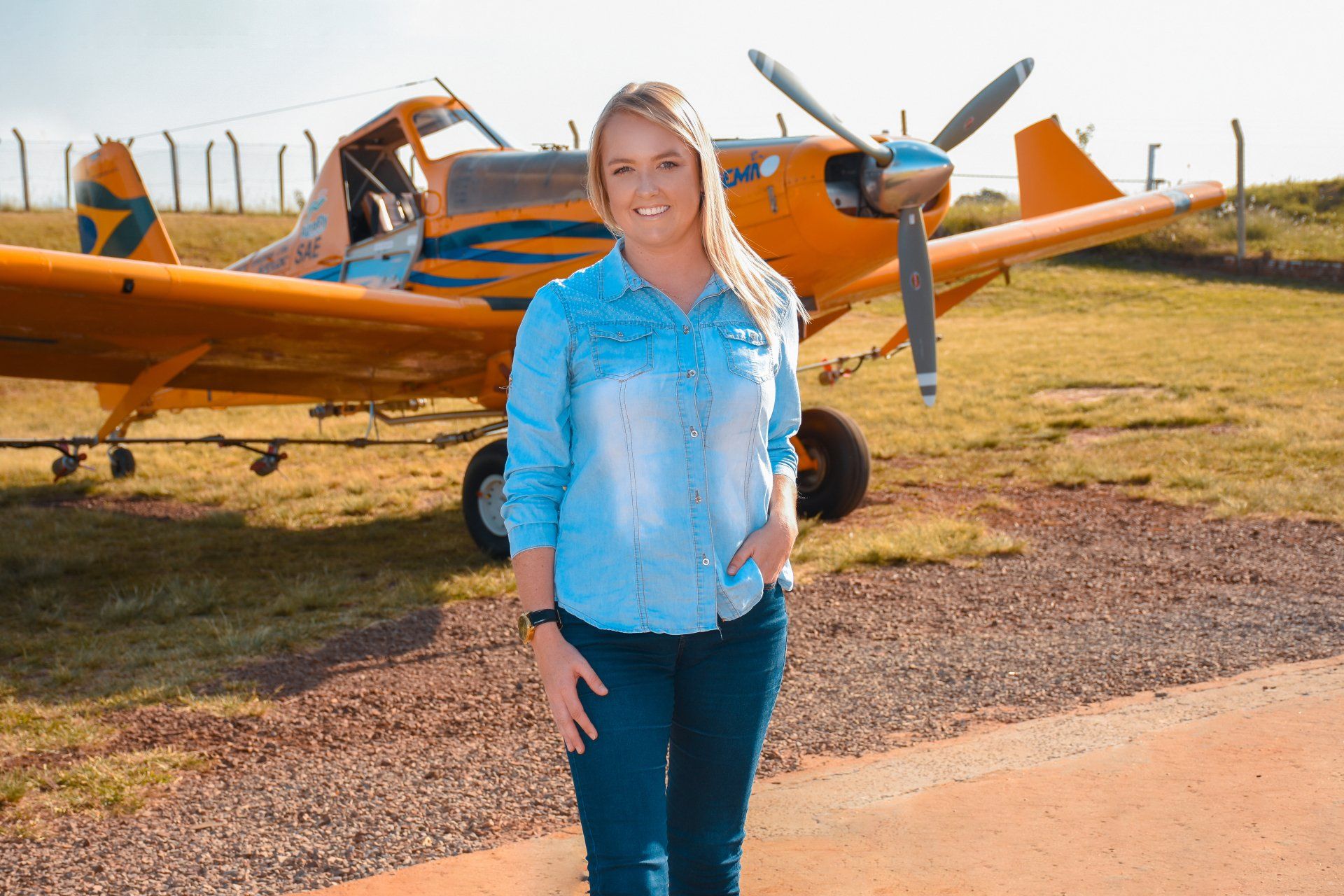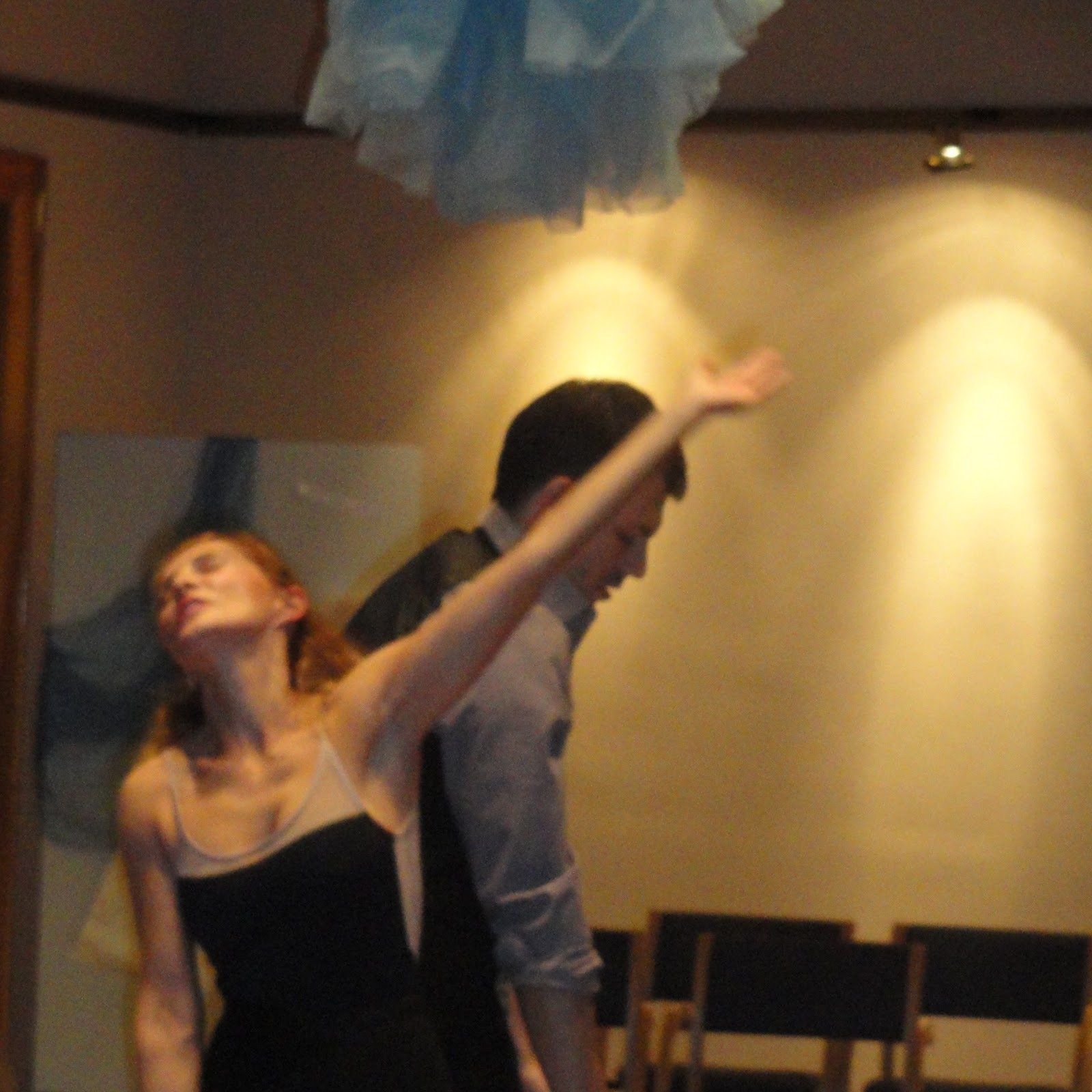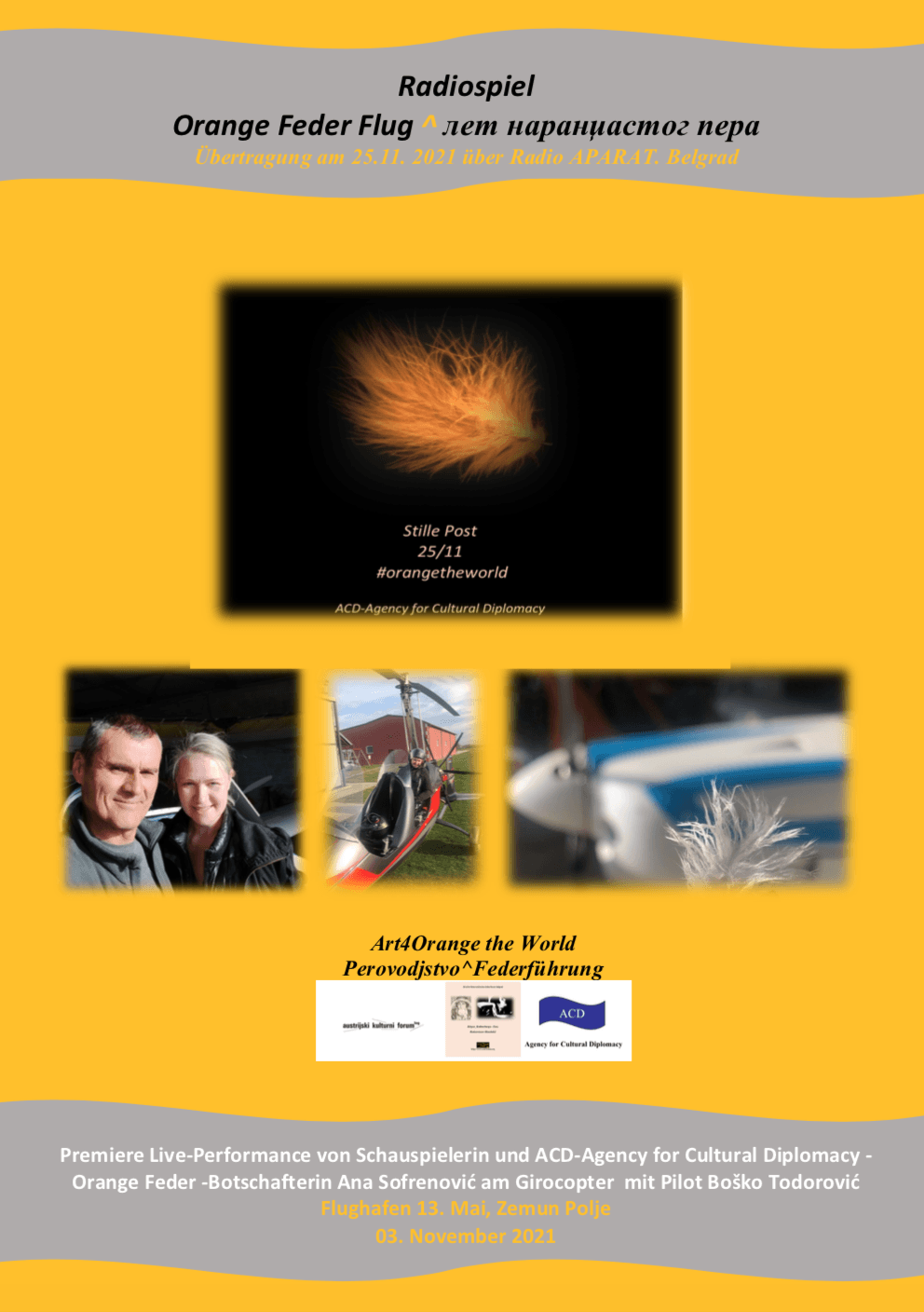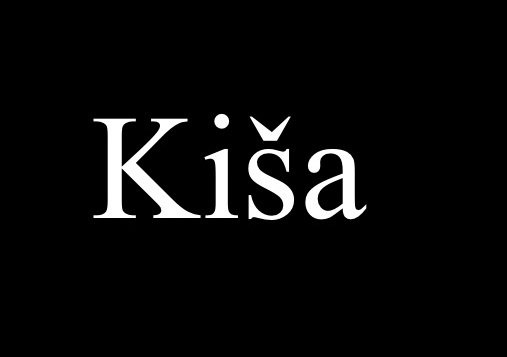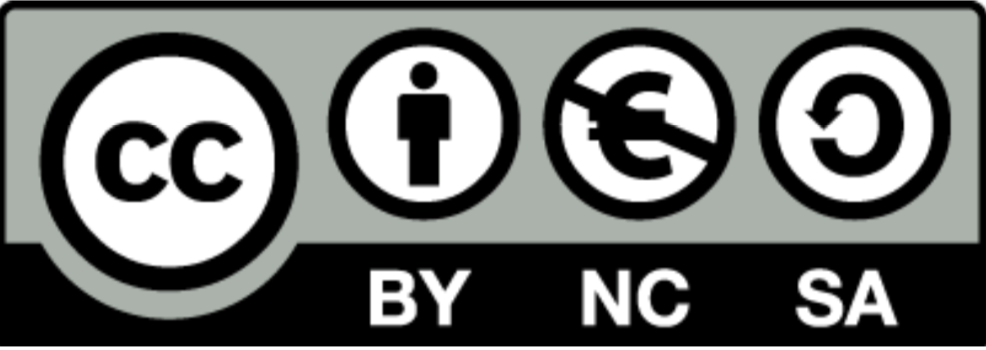Corpus Callosum
#ArtIng
How multilingual phonetic experience may affect cognition, and bodily expression and how it may affect ethical reasoning?
L_play^flow

My brain MR- done in stillness, by (secretly) thinking in Croatian, German, English, on
"rain" some years ago, to check tensions in my neck
Tree of Life2030
Rio de Janeiro Brazil 2019:
dance, aviation, fine arts, gender roles

"My mum´s EEG-head", drawn by my daughter age 3,5 after sharing my experience in a story about a girl and her play with brain and electrodes
Articulatory phonetic exercise for creative exploration of a foreign language: croatian term "Ptičica" (diminutive for "bird")
FeatherFlight-control 2030:
Connecting dance/fine arts, aviation communication, neurosciences to tackle current emerging challenges,
such as (mental) health, domestic violence and safety
in a multilingual setting
"Aeroplanes are not designed by science, but by art in spite of some pretence and humbug to the contrary. I do not mean to suggest that engineering can do without science, on the contrary, it stands on scientific foundations, but there is a big gap between scientific research and the engineering product which has to be bridged by the art of the engineer."
Intro
1.part #bRaining
My interests for brain functions, technology and language are going back to early childhood experiences with EEG -electroencephalogram-a test used to find problems related to electrical activity of the brain- in my case the investigation of causes for attempt of the fiver cramps, in the age of 4.
Attending annual EEG-test for monitoring and recording of my brain wave patterns with small metal discs connected with thin electrodes placed on my head, I became interested in brain functions, but such an experience also have left some unpleasant traces in my childhood memories .
Sleepless night before the EEG-recording was necessary to increase the chances of catching abnormal activity during the test, was challenging experience and I can still evoke memories on this time with mixed emotions, ranging from joyful feelings raised through loving care and full-time attention of my parents, to fear- connected with unusual expectations of my parents as to stay awake during the night in a non-familiar space (hotel room) and fight with sleep attack, and my desperate need to close my eyes, briefly widening ears to hear stories, songs and poems told by my parents, who tried to keep me awake by entertaining and engaging me into rhymes and role plays.
After 2 years, the annual investigations ended as my fiver cramps did not appear any more and there was no any abnormal function in my brain found. I was 6 years old, attending pre-school, feeling well, but I have continued to play EEG, constructing robotic-secret language codes and drawings of brain, as my fear of fiver cramps coming back did not disappeared. Some time later, I have discovered my lung wings (love this term in all languages "plućna krila" in Croatian/Serbian/Bosnian) and my heart as secret companions and helpers to keep my body temperature by 36°C.
By playing Peekaboo with my younger sister, I could check my breath
if it is hot or cold.
Heart beets were the second check, so when beating too fast, I use to sing and draw, mostly letters from alphabets,
as by the age of 5, I could write and read both, Latin and Cyrillic alphabet.
Exploring my inner anatomy in such early childhood, I could develop strong relation with my body and learn to care about its "invisible" parts, have started to apply language alphabets on body language and create rhymes and movement sequences to "draw letters" with my body, and also to choreograph dance formations for my dolls, teddybear and a wind-up-robot-who could make steps and move his arms.
The stage was built from chairs and scarves, the costumes designed from leftovers- fabrics, bottoms and necklaces, found by my mum´s tailor-dresser, and combined with pocket mirrors, shells and flashlights, connected with a pocket radio player.
The program was written in a codified script, created as a combination of numbers and letters taken from Latin and from Cyrillic alphabet. The play flow was framed within a short timeline period, to be sure that it will not be interrupted, and that will find its end- the scenario was simple and the most time was spent to build the stage and position all performers,
make costumes and moderate, sometimes also imagining the performance as audience.
There was no showings for parents and no need to keep the "theatre installation" until the next day, as each time it was a new journey, and some secret private joy. By each new creation I have included - "welcomed" some new actors (dolls, bears, but also books and bottoms, fabrics and my mum´s or dad´s parfume (as fragrances were a part of the atmosphere)
Such playful experiences have shaped my further development and became a long lasting part of my life and work.
Personal attempts to such complex sciences may deliver some divergent views and hopefully useful insights to be applied on, for the further investigations.
Read more down below by 2nd part of my intro-story: L-plays and the 3rd part: Feather flight control Feather pilothea
Art-based attempts to Cognitive Sciences in intercultural education &4 relational pedagogy
After a certain high level of technical skill is achieved, science and art tend to coalesce in aesthetics, plasticity, and form. The greatest scientists are always artists as well.
L-plays
Artistic attempt to Brain sciences derives
from my interests in multilingual setting of speech production and its synesthetic relation with creating and understanding of conceptual (figurative) metaphors in artistic expression such as bodily movement, but also in daily life and conversations.
Initially applying on approaches found in L. Wittgenstein´s philosophical concept Sprachspiel
in particular, on the notion on family resemblance- attached and interwoven, into speech acts , I have analysed a number of studies, concepts and theories mainly deriving from psycholinguistics, intercultural communication and relational pedagogy.
I have started my observations in the field of intercultural education and during my work with children (elementary) and adults, mainly those who experienced migration and were ´confronted´ with new linguistic and cultural landscape in their daily life.
What matters and why?
I have experienced how foreign language can raise fear and mistrust by hearing its sound, but also how playful, moderated and simulated phonetic experiences can foster change and enable people to re.-imagine something what has been threatening, by shift into other linguistic landscapes, and release from such stressors,. Furthermore, in my role as a mediator and consulter by conflict situation, I could observe how codified and structured talk and the use of "another" language can be useful to overcome high emotional tensions and find agreement more easily. Applying on findings from some previous studies in the field, on how foreign language use can change moral decisions, I have created simple experiments to investigate potential of the foreign language use in conflicts and also when something unpleasant needs to be communicated. Both, by children as well as by adults who could basically speak at least two languages, the impact was fruitful. When trained, such practice can be easily applied in daily life at home and in any situation. More comprehensive study and description of such cases will shed more light on this research and its benefits.
Some methods, such as Wor(l)ding has been certified by the Austrian Center for Language Innovation Graz in 2014
My best and the most efficient compagnon by all talk sessions and exercises since 1992, is a feather. Once found by Sunday walk with my daughter in the forest, and played with spontaneously, I found great potential in such a simple gift to create a number of plays, greeting rituals, dance improvisations, ... so the feather collection has grown in variety of colours and their characters and roles. More about my Feathership can be found on the webpage Federführung ^^perovodjstvo
Light to care with, simple and inspiring gift, mostly found by a walk, collected and re-vitalitzed in my serious Play sessions, dance creations and communicative acts with children and adults.
He who would learn to fly one day must first learn to stand and walk and run and climb and dance; one cannot fly into flying.
The possible form to document and to present some findings form my research done aside of my daily work was found in my most familiar field: art.
Hence, my artworks has been composed as a bound of multimedia installations, lecture performances and simple exercises, with the aim to briefly present my findings and good practices of the linguistic hospitality within a diverse landscape and thus, to contribute to scientific endeavours toward the improvement of intercultural communication, prevention of violence and the treatment of the phenomena such as xenoglossophobie (fear of foreign sounds, languages)
Further investigations,
arts, aviation, brain & communication
Air powers, Featherflight ^pilothea
"The airplane has unveiled for us the true face of the earth."
L-plays connecting B. Brecht Radio-theory with Aviation mechanics
and air traffic control/ Radio-communication phraseology and technics
Growing up surrounded with pilots and aviation, as my father was employed in the field, I could learn about aviation mechanics, aerobatics (perceived as air dance) from my early childhood, and later on, following my interests in radio-communication, I have been introduced to the basics of aerodynamics, importance of meteorology, trainings of pilots (mental health and fitness), and into radar communication.
My interests in, and gained knowledge in aerodynamic principles has been applied in dance arts by observing how human body -elevates and gravitates- as an interplay of bio-dynamic, thermodynamic and aerodynamic, and how motor-speech affects body language and its articulation. By attending international airshows and talking with pilots from aerobatic teams, I could learn about how they train formations and communicate during the show.
Exploring aviation phraseology as a bound of codified terms for communication with clear articulatory rules and combinations, characterised with brevity for the transfer of correct informations , I become even more interested in such models to apply them for the development of codified language for diaries and "secret stories" during my school time. Later, during my work in the field of education, by exploring verbal violence and observing conflicts among children and also adults, my interests were directed toward development of models for conflict prevention and speech acts in emergency.
How is such communication trained and performed in emerging situation?
Following simulations games and case studies on diverse scenarios and real experiences from aviation and flight control, I am currently investigating options to apply on good practices and tools from radio communication in aviation
for the development of useful tools for new media communication and language programming, to optimise safety and to prevent violence in social media such as hate speech, as well as to contribute to optimisation of radio-communication in aviation with art-based tools for micro-breaks and wellbeing-sessions in multilingual settings.
One artistic attempt has been brought to realisation, by connecting B. Brechts Radio-theory and the radio play Ozeanflug, with recording while on MTO Sport 914 gyrocopter , as by legendary pilot and radio dj Zoran Modli:
performed by the Serbia-born international actress and singer Ana Sofrenovic
Play performance with feather in a language play of terms in Serbian-German expresses the form of overcoming high fidelity emotional state and attempt of the fury in the body and mind. The play has been recorded by flight control. This project is a part of the art4orange Stille Post 25/11" -initiative in support of the UN Women initiative Orange the World,16 days against gender-based violence.
By posing the question,
how linguistic code-shift may affect emotional state, bodily expression and in wider sense, affect ethical behaviour and decision making?,
my investigations has been extended form educational field (elementary, adult) to performing arts and work with professional dancers and students in international relations, diplomacy and political science, keeping in touch with psychologists, psychoanalysts, neuroscientists from my family and working field.
"Aviation, this young modern giant, exemplifies the possible relationship of women and the creations of science. Although women have not taken full advantage of its use and benefits, air travel is as available to them as to men."
I have not become a regular pilot, but a Feather pilot, what does not differ so much when Playing Seriously with a receiver, as each breath with and within needs to be crafted with awareness about the distance measured, the message sent to a receiver and "piloted" to ensure the soft and safe landing into palm of those who will also response to the next and to the next ... by playing with things such as with a feather, one can be guided to imagine and thus, to see the things otherwise,
from other perspective, became more familiar with, and take care of, being on love within.
" (...) Poor Fletch. Don't you believe what your eyes are telling you? All they show is limitations. Look with your understanding, find out what you already know, and you'll see the way to fly."
Richard Bach
A bound of workshops and performance lectures has been briefly documented in project portfolios, blogs and the ACD-association webpage CD-airshow tours:
Blog-article on Workshop Federführung ^dah vremena;
Portfolio Kiša ~ Pioggia ≉ Regen^rain ...
and the Featherflight ^^pilothea
Art and science work in quite different ways: agreed. But, bad as it may sound, I have to admit that I cannot get along as an artist without the use of one or two sciences. ... In my view, the great and complicated things that go on in the world cannot be adequately recognized by people who do not use every possible aid to understanding.
Some starting, basic informations to understand the connection among speech production and brain functions has been analysed through the lens of neuroscienes, the speech
as a set of acts, conducted by brain.
Some main descriptions, terms and related brain functions
are summarised below:
Lateralisation is the idea that the two halves of the brain are functionally different and that each hemisphere has functional specialisations, e.g. the left is dominant for language, and the right excels at visual motor task
The area of the brain that is responsible for both- spoken and written language is the Wernicke’s Area in the left hemisphere.
The speech production is initiated in the Broca’s Area, which is assisted by the premotor area in selecting and sequencing speech sounds.
The arcuate fasciculus makes it possible for the language information in the Wernicke’s Area to be transmitted to the Broca’s Area to produce speech.
The angular gyrus allows us to associate a perceived word with different images, sensations and ideas.
Corpus callosum consists of about 200 million axons that interconnect the two cerebral hemispheres, known as a left hemisphere and a right hemisphere. The primary function of the Corpus Callosum is to integrate motor, sensory, and cognitive performances between the two cerebral hemispheres (the cerebral cortex ), enabling communication between them.
A chemical signal colled
Netrin, guides crossing neurons.
Within the 28-years of continuous work as intercultural pedagogue and language-learning -methods developer, in Austria, I could observe how creative approach found in artistic practice such as dance, drawings, rhymes, can inspire and guide people all ages to play with sounds and terms deriving from various languages, enable them to get introduced to foreign sounds and became familiar with them, gain sympathy and joyful experiences, on which can be applied for further research and the development of methods and scores for the improvement of the safety and the practice of communicational cultures .
Connecting neuroscience with linguistics (brain plasticity in multilingualism) in my art-based research (dance, fine arts, music) while working as a pedagogue and consultant for intercultural education in Lower Austria and in Vienna for almost 3 decades, I could develop learning methods and share examples on good practices about how art-based learning methods can enable children and adults to gain interests and sympathy for diverse languages and get access to diverse linguistic landscapes, develop and improve their sensitivity for diverse communicative acts / speech acts and performance of language plays, reduce fear of foreign languages and conflicts in communication.
Such a complex bound of the long-term investigation done only alongside of daily work could be only partially presented and introduced.
The current focus is given on the development of appropriate summary/portfolio with declarations on scientific theories, methods and writings on which was applied
toward -re: reflecting, re-imagining, renewing ...
My interests in linguistics derives from my love for poetry, imagination, metaphors, as channels and lenses to discover the
´hidden treasures´ in humans and nature, and above all,
for the practice of peaceful communication and life together in a peaceful manner, understanding peace as a way of acting within, without causing, making or leaving damages on and within relations and relationships, real and even imaginative encounters with .. hence, "staying in and on love" with, within as a ´planetary love´-practice, expressed by Paul Ricoeur.
Gender-approach in my observations could help me to
keep my critical glasses on and shape my findings and methods being aware about intersectional effects on behaviour and the interplay of gender-specific cultural and traditional experiences, geo-political influences and personal history, thus #embodied knowledge and memory.
Aiming to shed light on constructive, simple and cost-effective mediums and media to provide opportunities to re-imagine realities, re-vitalize conditions, re-create patterns of thinking and acting by creating novel opportunities to gain novel experiences, learning to act in unexpected manner, practice linguistic hospitality and planetary love ...
I was inspired by a number of scientists, writers, artist, to compose my experiences and thoughts about in a meaningful way,
acting in emergency and face-ing obstacles, with limited resources on time,
I learned to follow my intuition and trust into initial human potential and ability to love, imagine, but also to re-imagine and play with.
One deliberate example about acting in unexpected manner I found in "The War of the Bells", the sixth episode of Gianni Rodari’s 𝗧𝗲𝗹𝗲𝗽𝗵𝗼𝗻𝗲 𝗧𝗮𝗹𝗲𝘀:
(although, I like the church bells, here is about ´ other magic´)
When church bells are melted down to make cannons, peace and love ring out throughout the land!
My attempt to complexity of neurosciences and language processing has been briefly introduced by some of my presented projects.
Variety of approaches enables some simple views into complex scientific world. Such a journey may also allow some divergent-thinking-findings and illuminate the potential of citizen science and liefe arts practices to connect diverse epistemologies, widen space for collaboration and opportunities for all people and the planet.
“The most beautiful experience we can have is the mysterious. It is the fundamental emotion that stands at the cradle of true art and true science.”
― Albert Einstein, The World As I See It

Corpus Callosum-I-play
a bound of artworks connected by imaginary lines
composed to demonstrate how art practice can "give voice", enable, connect, the pieces of the self into novel, transformed and re-vitalized One
by bonding lateralized hemispheric attention,
re-creating self in context
exploring artistic practice as a space of exile to re-vitalize, re-construct realities and re-create conditions
Corpus Callosum 2030 ...at Hémispherès
Art & SciETH Zurich 2019
Art-Installation
art practice-based hemisphéric interpolation:
art practices in the role of the angular gyrus , corpus callosum
The installation “Corpus Callosum2030” draws attention to resilience building of the hemispheric lateralized self in the time of crisis, through art practices as practices of transformation, by conducting imaginary lines among social and emotional spheres, through re-building, re-connecting and finding opportunities to sustain phenomena such as racism, Xenoglossophobia and social isolation, which have been perceived as various forms of the “social pollution” and causes for lateralitation.
"I-Spaltung"
Artwork consists of painted, written and installed mediums, which have been associated with scarves, feathers and with double-sided tape as a composition of the interconnected Hémisphères of “Self in context”, applied on human brain anatomy, in particular on the role of the Corpus Callosum: the interplay of the two centres engaged in and responsible for the speech production, Broca and Wernicke.
Action-based research on the potential of art practices for the development of resilience by recovering from disruption caused by manifold sources of shock, migration and isolation, conducted art-based methods , (inter)cultural studies, neurolinguistics and global politics, includes private and comparative case study of migrants in crisis situation. The process of creation of art works research have started in 1990-es as a self-reflective analysis on social integration and effects of migration on individual expression.
in progress since 1990-es, re-contextualised and re-named composition, choreography and protocol
Related projects
